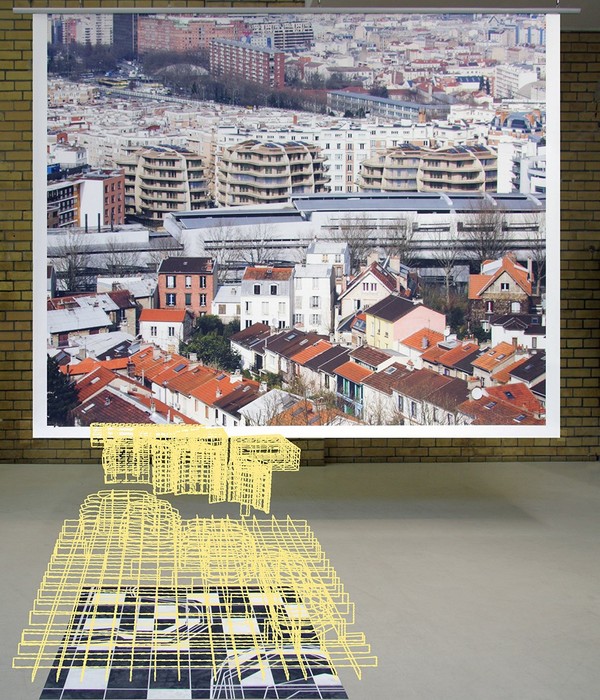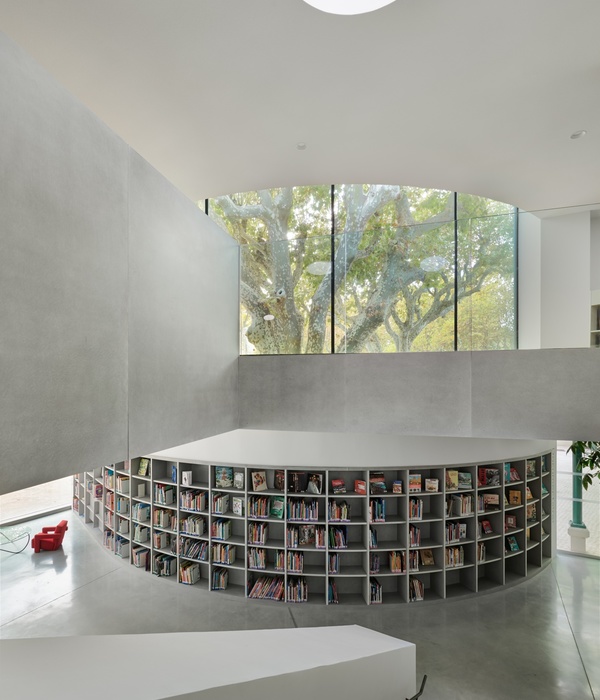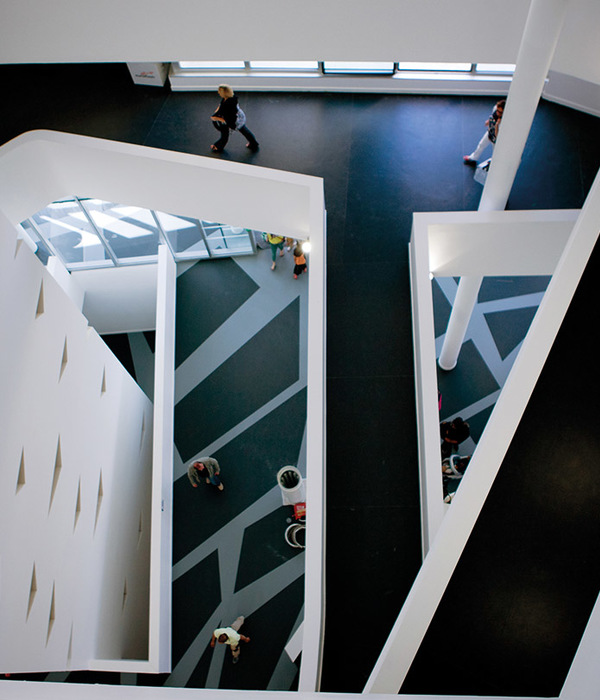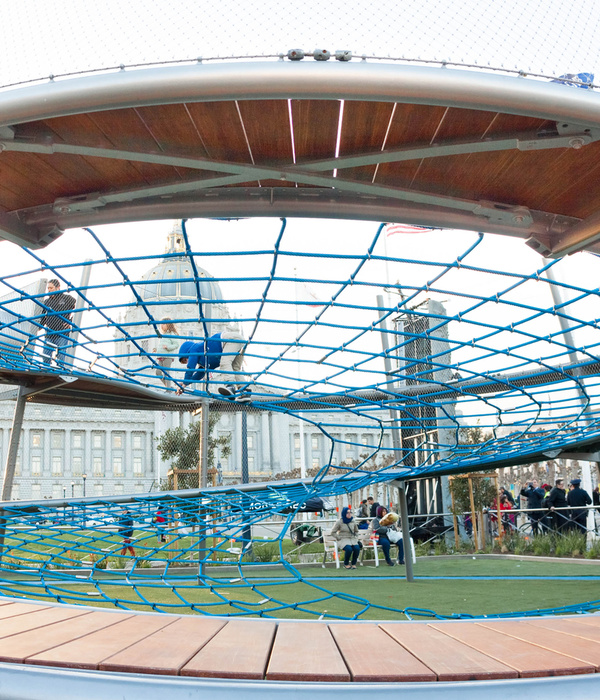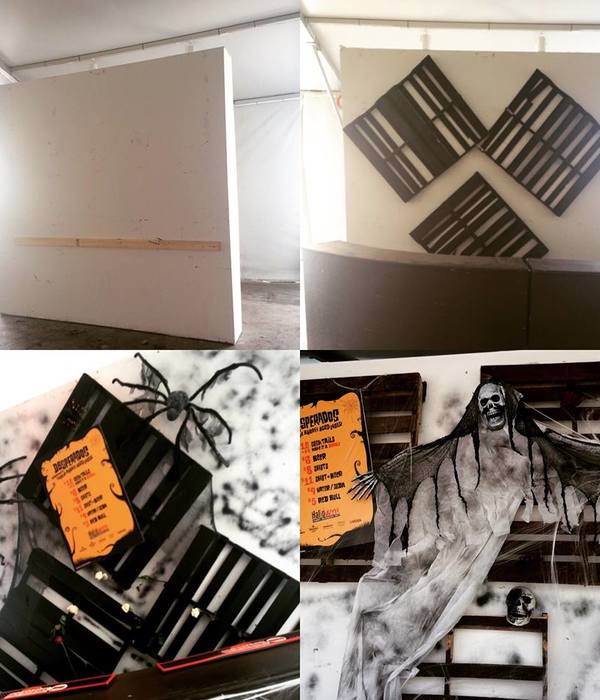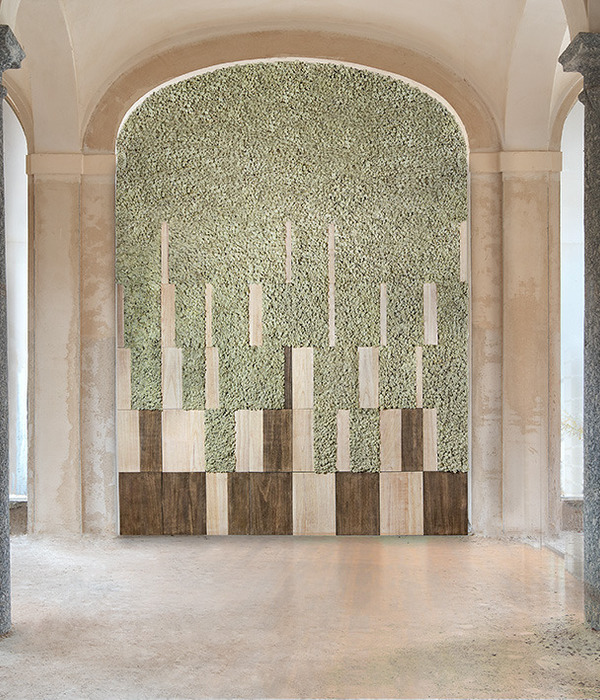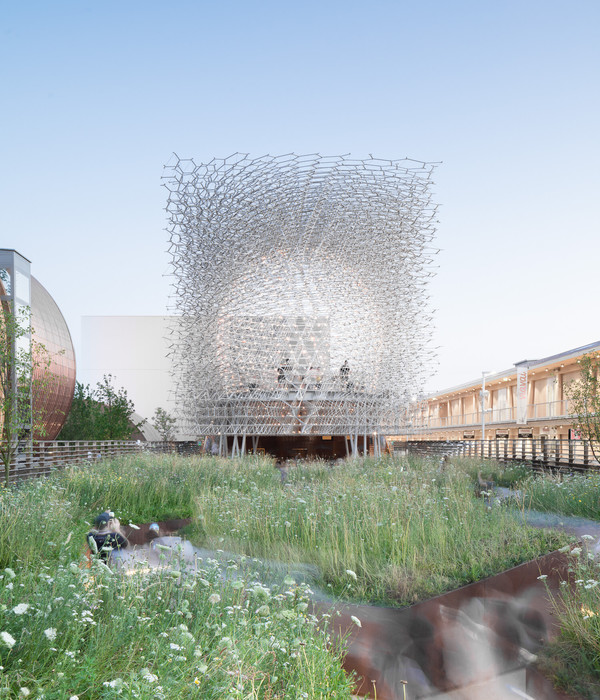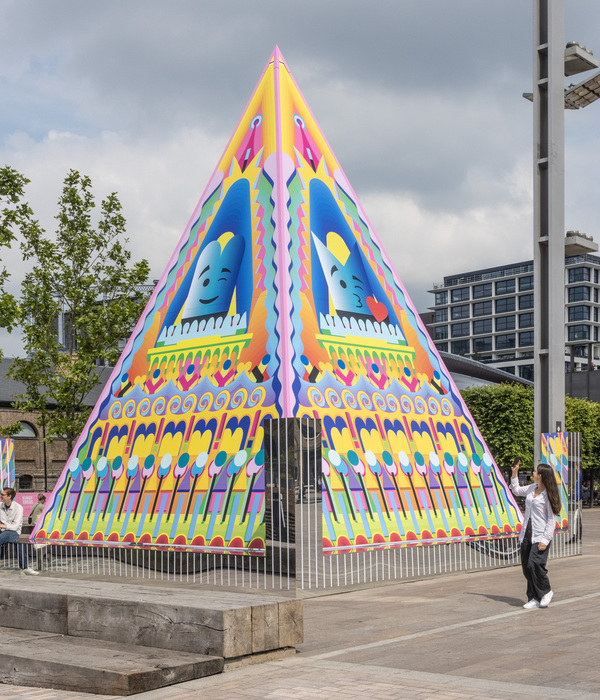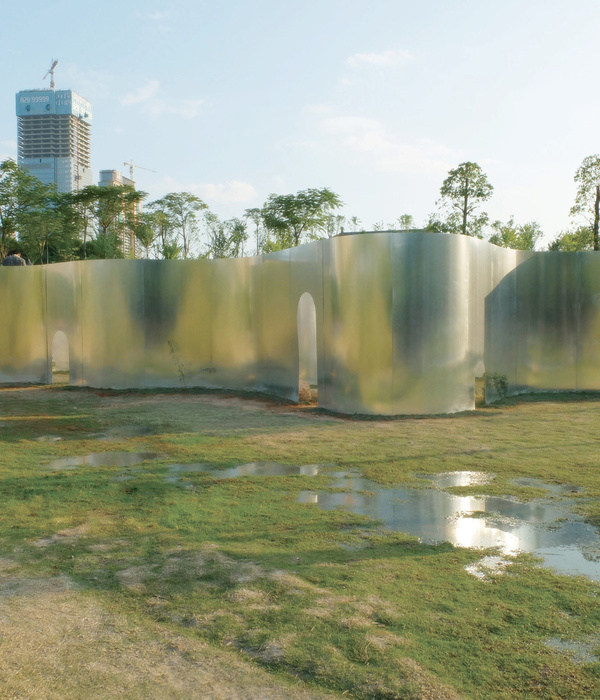Arsomsilp Community and Environmental Architect, the professional architecture studio, was founded to support “work-based learning” for the school of architecture of Arsomsilp Institute of the Arts. Throughout running the course for more than 7 years, the school always believed that the best way to make a strong linkage between the academic and the professional studio is to enrich the learning ecosystem for architecture students, teachers, and professional architects have to live and work together as a community in the same space, under the concept of “One Roof.”
The Rabindhorn building was once the gymnasium of Roong Aroon School, the school owned by the same foundation as Arsomsilp Institute. After the school’s gym was transferred to a bigger gymnasium, the Rabindhorn building was transferred to Arsomsilp to repurpose and bring back the liveliness and educational environment as a new architecture studio. The Arsomsilp communal goal is to develop architects through the holistic learning approach by working as a team to solve problems in the real world through a growing mindset of 21st-century learning. The “One Roof” learning space ideology is emphasized by keeping the strong character of the old wooden trusses as the remembrance of the old gymnasium.
The main structure of the building is preserved from the previous gymnasium structure; accordingly, the additional materials are mostly renewable materials. Wood shingles are used for the roof tiles, and wooden components used for the interior are recycled from old housing and buildings to reduce carbon emissions. Local techniques and details are used for the woodworking and construction; some details are left visible for the staff to get inspired and encourage the same level of precision within their produced works.
Passive designs were used to reduce operational energy by utilizing the natural source of energy for both lighting and cooling systems. The lighting design utilizes direct sunlight through the roof’s ridge to synchronize with the circadian rhythm, optimizing visual comfort and heat gains. The cooling design, on the one hand, is active cooling (AC), which is used in divided office space (glass boxes), and on the other hand, passive cooling is used in open spaces. In detail, passive design via horizontal and vertical ventilation along with the roof’s ridge ventilation cools the open space to reach 80 percent of the thermal comfort condition around 5 hours. Passive ventilation is enhanced by the microclimate created by ventilating the air around the existing pond and park to naturally cool the connected building’s open space. For water reuse, compressor draining water and drip irrigation techniques are used to grow the plant to feed staff for the company's lunch program.
Rabindhorn acts as a living building where the functionality is flexible due to the creativity of users. The workspace for each architectural team and studio is divided into glass boxes as their home bases, all places around the main open well and stairs to provide vertical and horizontal interconnecting interactions among the community. The spaces between the glass boxes are left as common spaces for group learning and discussions. The wooden trusses in the northeast wing are lifted up to create more space for studios and a 100-seat meeting room, creating various engaging learning spaces. As our staff spends the majority of their day here, Rabindhorn building acts as a home for the community, with spaces for living, leisure, and exercise. The old music rooms on the first floor were removed to create flexible space for a multipurpose canteen, library, and workshops. •The new Rabindhorn building is designed to connect with the other Arsomsilp Institute buildings surrounding it. The lawn steps and coffee shop are added next to the southwest wing, providing a natural lawn that opens to the existing water pond. The main entrance of the building is linked to the welcoming bamboo art gallery and organic market that leads up to the main stairs, creating a warm, welcoming sense for the community.
{{item.text_origin}}

